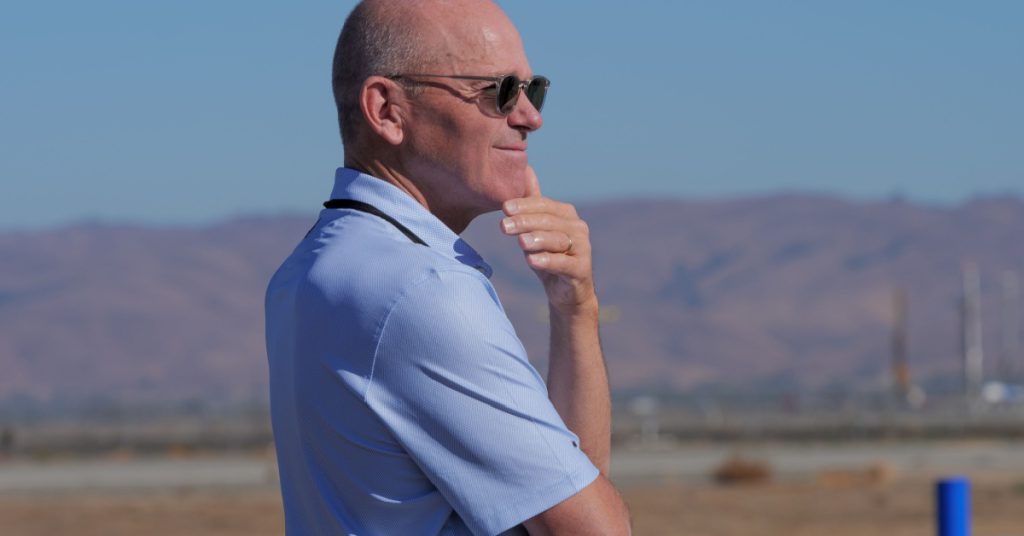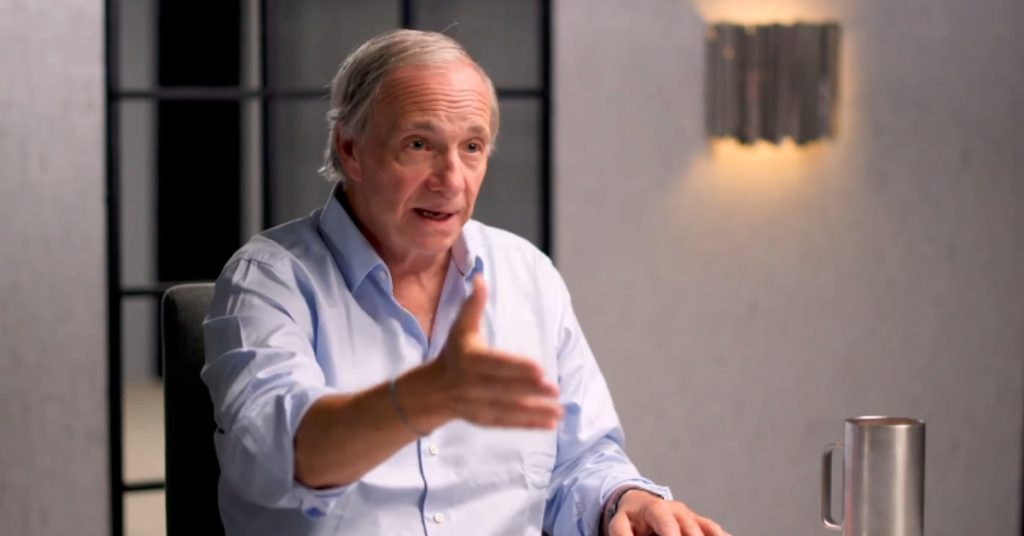Telling an employee that you have to dismiss them has never been an easy task, and with the COVID-19 pandemic causing shockwaves throughout the global economy, many companies large and small have had to lay off people by the hundreds or thousands.
Some CEOs have made their termination letters publicly available, while others had gotten theirs leaked.
Across the board, however, it was clear that these letters had been written with compassion and transparency in mind. Here are some examples of what they did right that stood out to us.
1. Acknowledging that breaking the news with just a letter doesn’t cut it.
Laying off someone means you’re essentially depriving them of their main income which they need for bills and to put food on the table.
Furthermore, doing so in the middle of a pandemic means you’d be contributing to the list of 190 million unemployed people worldwide (as of April 2020) who are fighting to find a job.
Simply breaking the news in a letter and expecting it to suffice comes off as being uncaring about how your employees feel upon receiving the news.
When Airbnb CEO Brian Chesky wrote his letter for 1,900 of his staff who would be laid off, he made sure to state that personal meetings for each employee would be held for a final goodbye.
Within the next few hours, those of you leaving Airbnb will receive a calendar invite to a departure meeting with a senior leader in your department. It was important to us that wherever we legally could, people were informed in a personal, 1:1 conversation.
Brain Chesky, CEO of Airbnb, a vacation rental online marketplace
Likewise, ONE Championship CEO Chatri Sityodtong said something similar in his letter when cutting 20% of the company’s total global headcount:

Immediately after our company meeting, our leaders will start one-on-one virtual video meetings throughout the day with every person impacted by this workforce reduction. We had hoped to do everything in person and face to face, but the current lockdown in Singapore has made it impossible to do so.
Chatri Sityodtong, CEO of ONE Championship, a sports entertainment firm
2. Let employees know that the layoffs were the last decision that you wanted to make.
As employees of the company, they have a right to know what led to the decision of letting them go.
A good way to go about this is to detail the steps you took to cut costs in the company before you came to the decision that you had to dismiss people en masse. A fine example would be Boeing CEO Dave Calhoun’s termination letter.

We’re reducing operating costs and discretionary spending, suspending dividend payments, extending our existing pause on stock buybacks, reducing or deferring R&D and capital expenditures, and accelerating some progress payment receipts with help from our defense customers. Our chairman and I are also foregoing our salaries for the year.
We have worked hard to maintain the stability of our workforce, avoiding layoffs even through the grounding of the 737 MAX.
Dave Calhoun, CEO of Boeing, the world’s largest aerospace company
Anthony Tan, CEO of Grab, did something similar in his letter too.
To achieve this, we will be sunsetting some non-core projects, consolidating functions for greater efficiency, and right-sizing teams to better match our changing business needs given the external environment. We are also doubling-down on our delivery verticals and have redeployed Grabbers to meet the increased customer demand for deliveries. We were able to save many jobs through this redeployment of resources and it helped limit the scope of the reduction exercise to just under 5 percent.
Anthony Tan, CEO of Grab, a multinational ride-hailing company
Dave and Anthony made it clear that they had tried to cut costs or redirect manpower to parts of their businesses that were doing well to avoid layoffs, although ultimately, they still weren’t enough.
As Anthony put it, “In spite of all this, we recognise that we still have to become leaner as an organisation in order to tackle the challenges of the post-pandemic economy.”
3. Don’t shift the blame of the layoffs onto employees.
Acting like you’re hiding something is never advisable in any situation, and placing the blame on others just makes you look like a really bad teammate or an incapable leader.
In many cases, honesty truly is the best policy, and this applies to laying off people as well.
A notable example of this comes from CEO Henry Ward’s letter to Carta employees.

Once the lists were created, they were sent to me for approval. It is important that all of you know I personally reviewed every list and every person. If you are one of those affected it is because I decided it. Your manager did not. For the majority of you it was quite the contrary. Your manager fought to keep you and I overrode them. They are blameless. If today is your last day, there is only one person to blame and it is me.
Henry Ward, CEO of Carta, an ownership and equity management platform
Henry shouldered the responsibility of the layoffs himself instead of saying nothing, which could’ve led to employees blaming their managers for the layoffs.
Another example of not shifting the blame would be from CEO Arnold Donald’s letter to Carnival Corporation employees.
Your fate is not one of unimportance or under-performance, it is rather one of simply being in a role that is not needed during an extended total shutdown of our guest cruise operations. We hope to recall you as soon as we can, when we are sailing once again.
Arnold Donald, CEO of Carnival Corporation, a British-American cruise operator
He made sure to emphasise that none of this was the fault of the employees, and that it was unfortunate circumstances that led to this hard decision.
4. Be clear about how the decision of who to lay off was made.
Part of ensuring that you don’t end up blaming the employees themselves for being laid off is detailing how the decision was made.
A great example of this is Airbnb CEO Brian’s letter once again.

Our process started with creating a more focused business strategy built on a sustainable cost model. We assessed how each team mapped to our new strategy, and we determined the size and shape of each team going forward. We then did a comprehensive review of every team member and made decisions based on critical skills, and how well those skills matched our future business needs.
Brian Chesky, CEO of Airbnb
By doing this, he let his employees know that it wasn’t that their skills had no value or were unappreciated—it was just that their skills and what the company currently needed for specific departments were mismatched.
5. Follow up on the next actions you’re taking to help employees as they leave.
Words mean nothing without actions to back them up, and a good leader knows this. Employees know this too—which is why many of them won’t care about your termination speeches if you’ve nothing to back it up.
For example, companies such as Airbnb, Swiggy, Grab, ONE Championship and Carta shared the benefits they were providing to laid off employees, which included:
- A few months’ worth of advanced salary,
- Allowing employees to keep the company laptops for future jobs,
- Emotional and physical wellness support,
- Health insurance,
- Insurance for the employees’ loved ones,
- Job support, like creating a site or a network where ex-employees can find jobs from other companies easier.
If you say that you care, show them. Put in the effort to find ways to help them have a smooth transition from leaving your company to unemployment or finding a new job.
-//-
As much as companies would like to keep all of their staff intact and happy, it’s unrealistic to think that layoffs are avoidable during this unexpected pandemic, especially for larger companies.
At the end of the day, the company comes first, and if it can make it through the pandemic, a lot of CEOs have said that they look forward to welcoming laid off staff.
- You can read about other job-related articles we’ve written about here.
Featured Image Credit: AFP / Bloomberg / Airbnb











